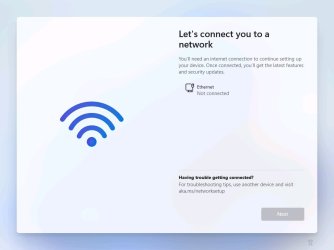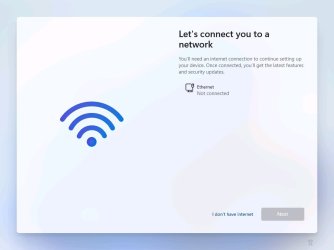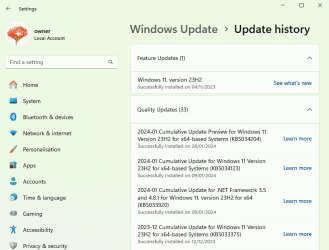@hsehestedt
Ah, gotcha. Thanks for clarifying that for me.
I have never noticed that before when reading autounattend.xml files and it struck me as odd. At least now I know better, thanks again!
One of these days I may even take the plunge and try using an autounattend.xml file ... lol
Ah, gotcha. Thanks for clarifying that for me.
I have never noticed that before when reading autounattend.xml files and it struck me as odd. At least now I know better, thanks again!
One of these days I may even take the plunge and try using an autounattend.xml file ... lol
My Computer
System One
-
- OS
- Windows 11 Pro
- Computer type
- PC/Desktop
- CPU
- Ryzen 9 3900X
- Motherboard
- ASUS ROG Strix X570-E Gaming
- Memory
- G-Skill RipjawsV F4-3600C18 (16GB x 2)
- Graphics Card(s)
- Gigabyte RX 5700 XT Gaming OC
- Sound Card
- Realtek ALC1220P
- Monitor(s) Displays
- ASUS VE278 (x 2)
- Screen Resolution
- 1920x1080
- Hard Drives
- Samsung 850 Pro 256GB
Samsung 970 Pro NVMe 512GB (x 2)
ST10000VN0004 10TB (x 2)
ST10000VN0008 10TB (x 2)
ST4000VN000 4TB (x 2)
- PSU
- Corsair HX1000
- Case
- Corsair Carbide 400R
- Cooling
- AMD Wraith Prism (Stock)
- Keyboard
- Logitech G213
- Mouse
- Logitech G502
- Internet Speed
- 100Mbps down / 40Mbps up
- Browser
- Firefox - Chrome - Edge
- Antivirus
- Windows Defender - Clamwin













